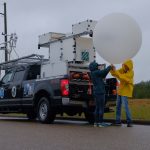
Researchers prepare to launch an experimental weather balloon on April 5, 2022, near a storm in Greenville, Alabama. (NOAA) This winter has brought multiple rounds of devastating severe weather to the southeastern U.S., with more…

Researchers prepare to launch an experimental weather balloon on April 5, 2022, near a storm in Greenville, Alabama. (NOAA) This winter has brought multiple rounds of devastating severe weather to the southeastern U.S., with more…
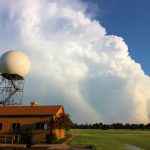
Downbursts—an area of strong winds in a thunderstorm—can damage trees and buildings, disrupt air travel, and cause loss of life. Decades of work by scientists has revealed a lot of information about downbursts including certain…
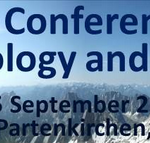
Researchers from NSSL/CIMMS will share the latest radar research at the 8th European Conference on Radar in Meteorology and Hydrology September 1-5 in Garmisch-Partenkirchen, Germany.
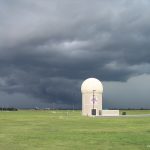
Weather radar research is a key part of NSSL’s mission in support of the NOAA National Weather Service (NWS). This week, NSSL/CIMMS scientists will share the latest in weather radar research at the American Meteorological Society’s 2013 Conference on Radar Meteorology in Breckenridge, Colo.

During the 2013 central Oklahoma severe weather season, researchers will demonstrate and evaluate new capabilities developed for the NOAA National Weather Radar Testbed Phased Array Radar (NWRT/PAR).
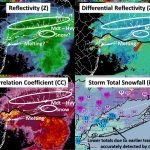
NSSL and collaborators will leverage new technology including dual-polarized radar observations and a precipitation reporting mobile device app to improve forecasts of winter weather during February and March.
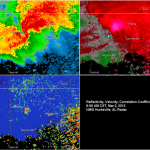
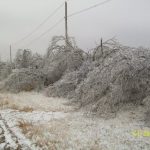
NSSL is now collecting two types of winter weather reports from the public to help evaluate the performance of a new winter weather precipitation algorithm.
Dual-polarized weather radar can estimate the number of bats in a swarm similar to the way it can estimate the number of raindrops in a cloud.
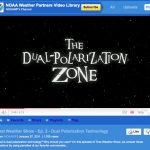
NSSL’s videographer James Murnan has posted a creative outreach video explaining dual-polarization radar technology on the NOAA Weather Partners YouTube channel: http://www.youtube.com/watch?v=tX6LH_l3P3Y.